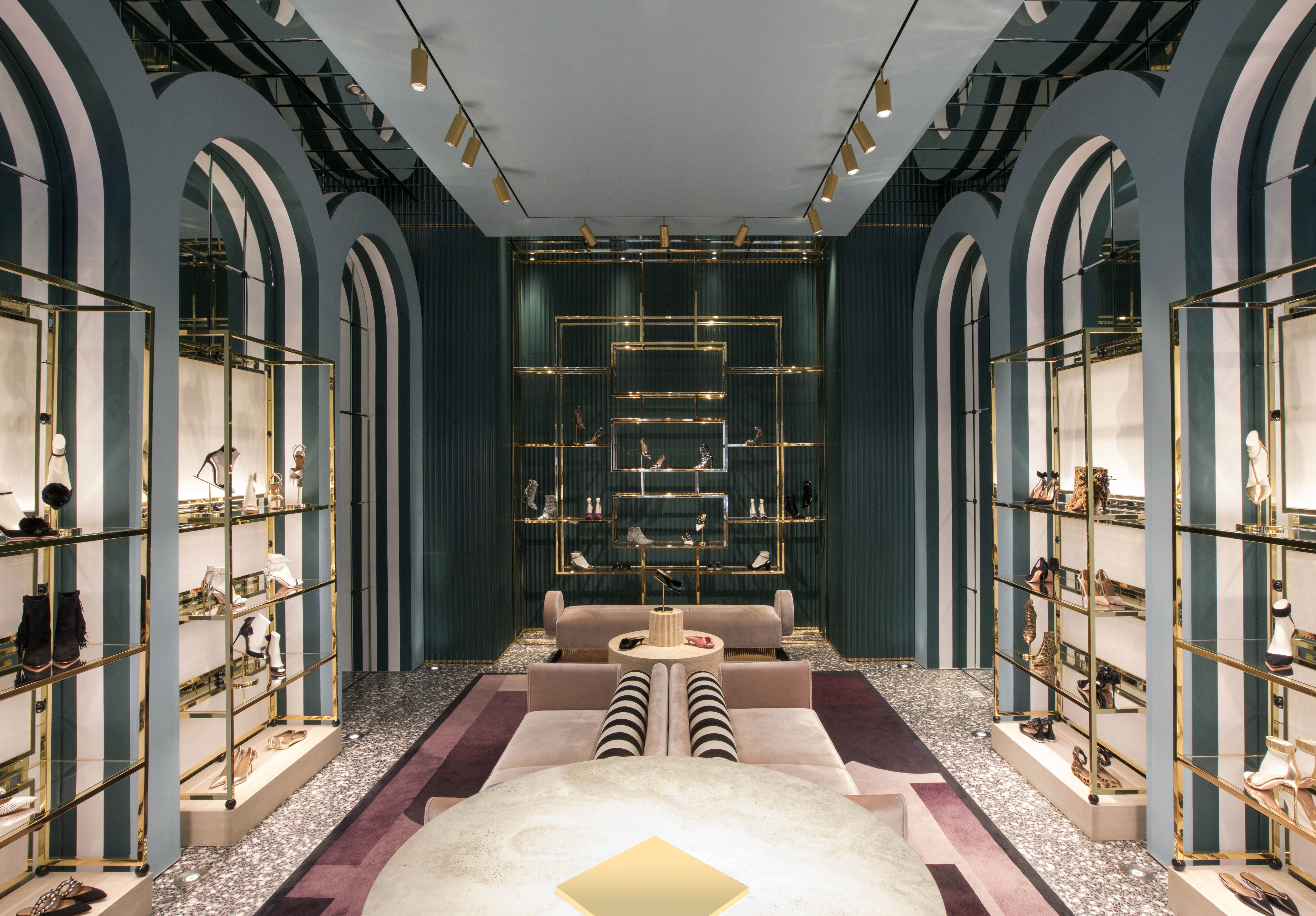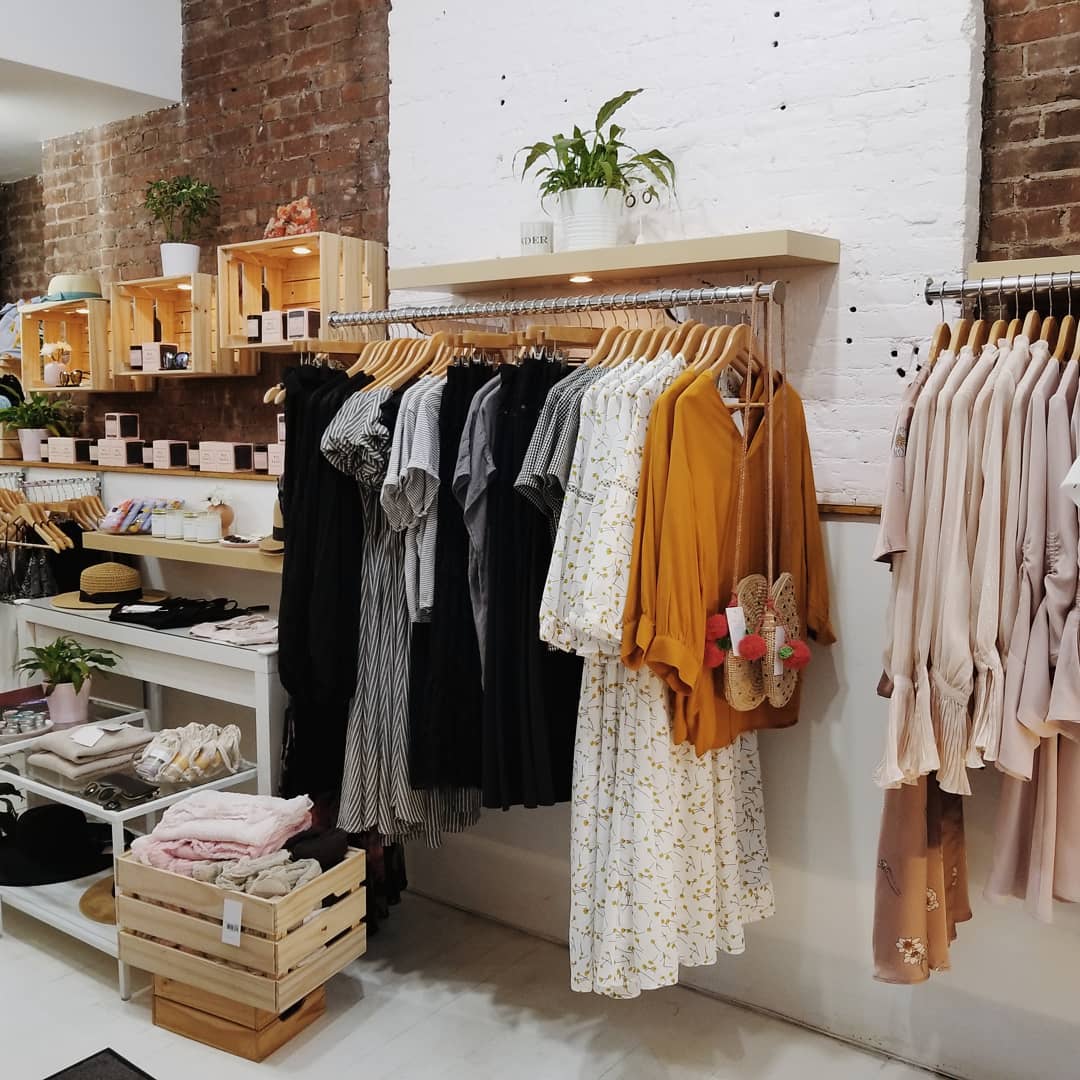Just how to Style Your Outfits with Boutique Fashion Discovers
Wiki Article
Exploring the Development and Effect of Apparel on Modern Fashion Trends
The development of apparel has actually dramatically influenced contemporary fashion fads, combining historic precedents with advanced advancements. Legendary figures like Coco Chanel and Yves Saint Laurent transformed the fashion business by presenting principles that focus on convenience and accessibility, which proceed to resonate today. Technical strides in areas such as 3D printing and wise textiles are redefining style possibilities and consumer experiences (boutique fashion). Furthermore, the growing emphasis on inclusivity and sustainability is reshaping industry standards. As we take into consideration these complex impacts, one should wonder about exactly how these aspects jointly redefine fashion's function in reflecting and shaping contemporary society.Historic Fashion Influencers
In the tapestry of style history, particular figures have actually left an enduring mark, forming the patterns and designs that define entire periods. Coco Chanel, an advanced designer, redefined ladies's style by introducing comfy, elegant apparel that departed from limiting bodices.Elsa Schiaparelli is another essential number, renowned for her avant-garde styles that included surrealist art, working together with Salvador Dalí to develop whimsical pieces that tested standard appearances. Her innovative use shade and bold patterns reverberates in modern fashion. Yves Saint Laurent, meanwhile, equalized high style with prêt-à-porter collections, bringing path styles to the masses and establishing a precedent for contemporary ready-to-wear lines.
These dreamers, among others, not only reinvented style in their times yet also established sustaining trends that resonate in today's fashion market, supplying a structure whereupon modern-day developers continue to develop and introduce. Their legacies underscore the significance of imagination and daring in style's ever-evolving story.
Technical Advancements in Fashion
Amidst the dynamic landscape of the fashion industry, technological advancements stand at the forefront of development, reshaping how designers create and customers involve with style. The combination of 3D printing has reinvented style processes, enabling designers to experiment with complex frameworks and lasting materials that were formerly unthinkable. This innovation assists in fast prototyping, decreasing waste and speeding up production times.
Smart textiles, embedding modern technology into materials, are additionally transforming the sector. Innovations like temperature-regulating and self-cleaning fabrics provide boosted functionality and comfort. Wearable modern technology, incorporating features like health and fitness tracking and communication, includes a brand-new measurement to fashion, merging appearances with practicality.
Cultural Changes and Style
As technological advancements proceed to reshape the fashion sector, cultural changes are just as significant, redefining design and customer choices. In current years, the surge of social media sites systems has increased the dissemination of worldwide fashion fads, enabling varied social influences to coexist and merge. This digital interconnectivity has actually facilitated the fast exchange of ideas, resulting in a more eclectic and comprehensive interpretation of style that mirrors the complex nature of contemporary culture.Social understanding and gratitude have motivated developers to draw inspiration from a more comprehensive range of historical and ethnic contexts, incorporating standard themes with contemporary visual appeals. This blend has resulted in style that resonates with a wider target market, promoting a sense of identification and belonging my company across various demographics. Furthermore, the enhancing need for personalization has driven brand names to provide personalized alternatives, allowing consumers to share individuality while mirroring their cultural heritage.
Moreover, moving societal worths have affected fashion, with inclusivity and variety becoming main motifs. The market has actually begun to welcome models and influencers of numerous physique, ethnic cultures, and gender identifications, challenging traditional beauty requirements. This transformation highlights the power of social shifts in forming the future of style, as style ends up being a more authentic expression of collective and personal identification.
Sustainability and Modern Design
While the fashion market proceeds to evolve, the crucial for sustainability has actually come to be significantly immediate, affecting contemporary style methods. The increase of sluggish style, which highlights high quality over quantity, motivates consumers to invest in classic items instead than transient patterns.Additionally, modern-day style is characterized by its development in minimizing waste and advertising circularity. This method not only minimizes environmental influence however likewise enhances the social duty of style residences.

Future Trends in Style

Sustainability will remain to be a driving force in forming future fashion fads. The market is increasingly taking on environment-friendly materials and moral manufacturing methods, replying to a growing consumer need for accountable techniques. Advancements such as bio-fabricated products and closed-loop recycling systems are set to redefine just how clothing is created and consumed, minimizing ecological effect while keeping style and high quality.
Social shifts, consisting of the surge of inclusivity and diversity, will certainly additionally play a critical role. As society comes to be much more mindful of social problems, fashion is expected to come to be a system for expression and adjustment. Developers will likely concentrate on developing collections that mirror a wider Read More Here range of identities and experiences, championing representation and availability.
Conclusion
The development of garments significantly affects contemporary style fads, where historical influences merge with contemporary styles. Secret numbers like Coco Chanel and Yves Saint Laurent have actually he has a good point redefined design, while technological developments such as 3D printing and smart fabrics increase imaginative opportunities. Cultural shifts in the direction of inclusivity and sustainability compel brands to adopt honest methods and accept variety. This recurring advancement emphasizes style's duty as a mirror to social worths and technical innovation, recommending a future abundant with advancement and inclusivity.The advancement of apparel has actually considerably influenced modern-day style patterns, merging historic criteria with advanced innovations.Among the dynamic landscape of the style market, technological advancements stand at the center of advancement, reshaping just how developers create and customers engage with fashion.While the style industry proceeds to develop, the crucial for sustainability has become significantly urgent, affecting contemporary layout methods. As sustainability becomes ingrained in modern layout, it paves the means for a more liable and mindful style market.
The advancement of garments significantly affects modern fashion trends, where historic influences combine with contemporary styles.
Report this wiki page